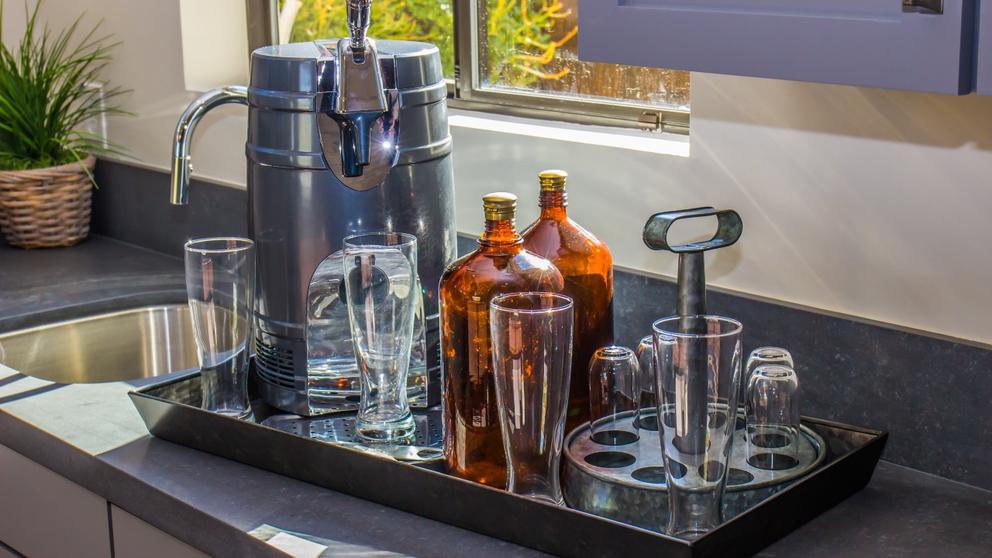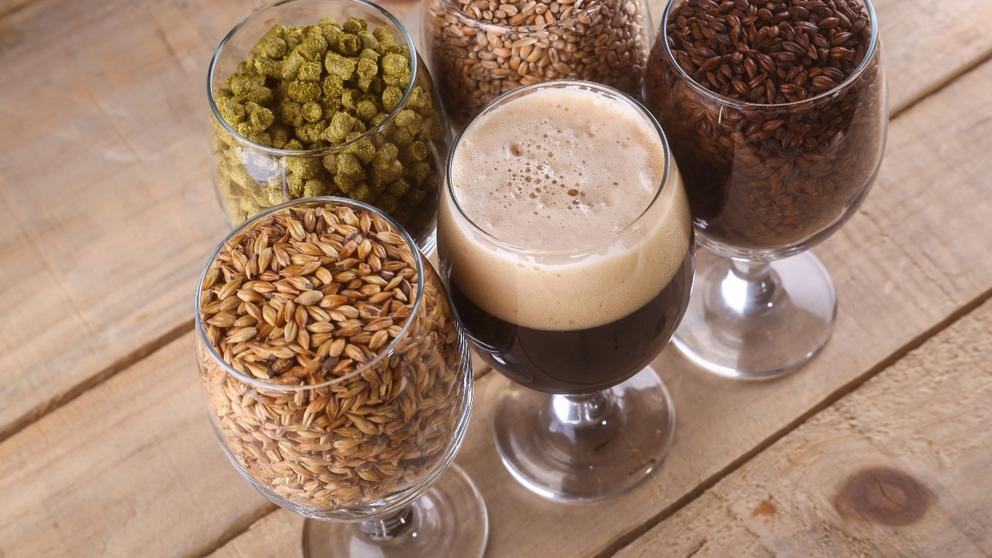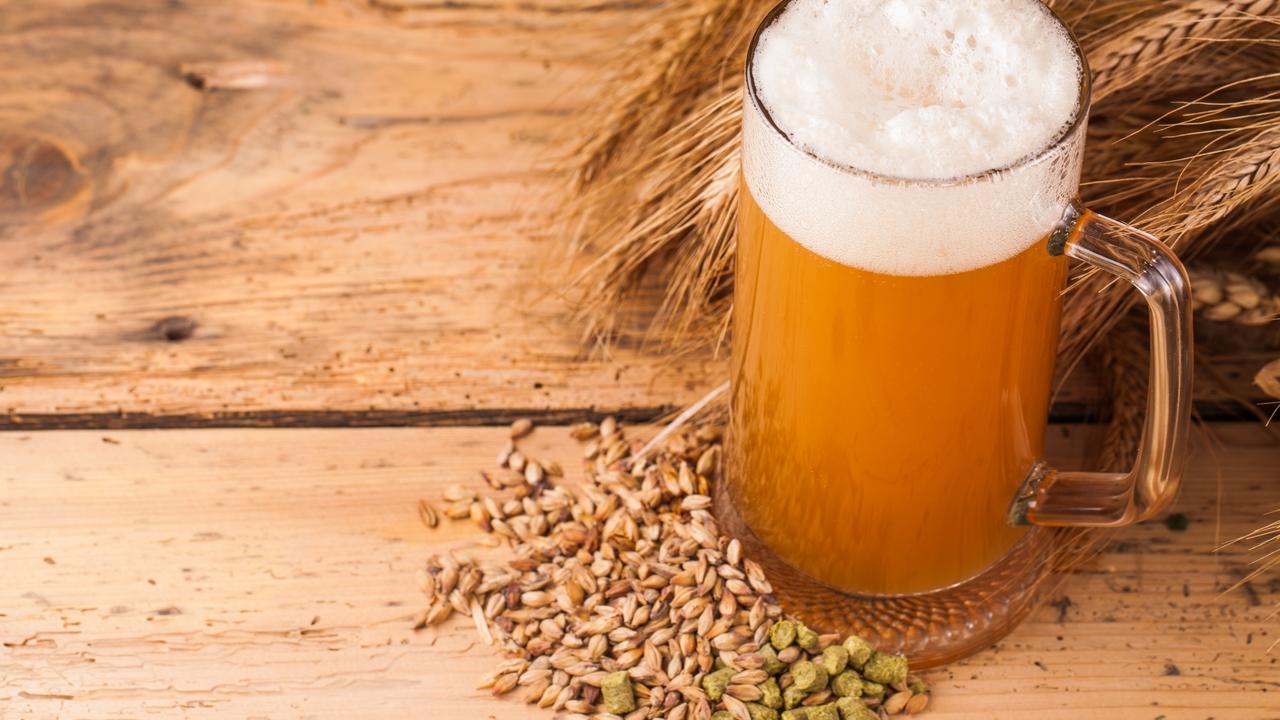When the craft beer revolution started some years ago, many thought it would be a fad. Yet, this booming market shows no signs of fizzling out any time soon, in fact quite the opposite!
Research by CGA Strategy shows that craft beer sales rose by 23% in the UK in 2017. Our thirst for the much-loved amber nectar is reflected in the 2000 breweries across the country.
With many professionals starting out as home brewers, this pastime is enjoyed as both a hobby and a profession by some. If you’re tempted to join the legion of brewers across the world, then here’s a few pointers to set you on your way.
The Legal Bit
Firstly, it’s important to understand the difference between home brewing and home distillation. Home brewing is the brewing of beer (cider or mead), in small quantities for personal consumption only. Home distillation is about producing spirits such as vodka and gin. Since these produce ethanol, greater regulation is required.
In the UK, it is legal to home brew unlimited quantities for domestic consumption only. But, you will need a licence from the government in order to distil products or to sell any home-brewed alcoholic product. You will also need to register for alcohol duty and taxes. More information can be found at HM Revenue and Customs.
If you are renting your property, it’s worth checking your contract to see if there are any stipulations that may apply.
Please note, every country has its own guidelines and requirements and professional guidance should be sought before undertaking alcohol production of any kind.
Get Kitted Out

Once you’re clear on your ambitions, you’ll need to get kitted out.
While it may be cheaper to buy all the kit separately, this is best reserved for experienced brewers who understand the mechanics of the process. Otherwise, there’s an abundance of starter kits on the market which equip you with all the essentials.
A starter kit can start from £45, depending on the complexity and requirements.
Most kits will include the essentials; plastic bottles, food grade fermenting bucket with airlock, siphon with anti-sediment control or a filtering system, thermometer, hydrometer, steriliser and mixer spoon.
You will also need to buy ingredients, which may include; hops, grains, malts, sugars, brewing yeast, flavouring and spices, brewing salts and treatments, beer finings and of course water.
Beforehand, think about the space where you plan to do this. It needs to accommodate an area for brewing the product, and for storing it. This should be out of reach of children and animals.
Ready, Steady, Brew!

Before brewing, the equipment should be sterilised for health and safety, then it’s time to get brewing!
This is a brief overview of the process, follow the instructions on your starter kit for accuracy:
- Start with the ‘mash’, this is the process of soaking malted barley in a hot water bath, converting them into sugars.
- Remove grains from the water and boil the liquid for about an hour. The solution you’re left with is called ‘wort’. This is when you add hops and creates the bitter taste of the beer.
- Next comes the cooling process, bringing the liquid to around 20℃, it’s important to do this quickly to avoid contamination, which is where the pot with ice comes in to speed up the process.
- Now at the right temperature, the wort is transferred to the fermenting pot with sugar, this allows the yeast to combine with the sugars. This is where the magic of fermentation happens and requires a dark cool area, and time – roughly two weeks.
- The final process - bubbles and bottles! From this point, the beer is transferred into bottles.. Carbonation is created from gases sealed into the bottle from the yeast and sugar, resulting in bubbles!

